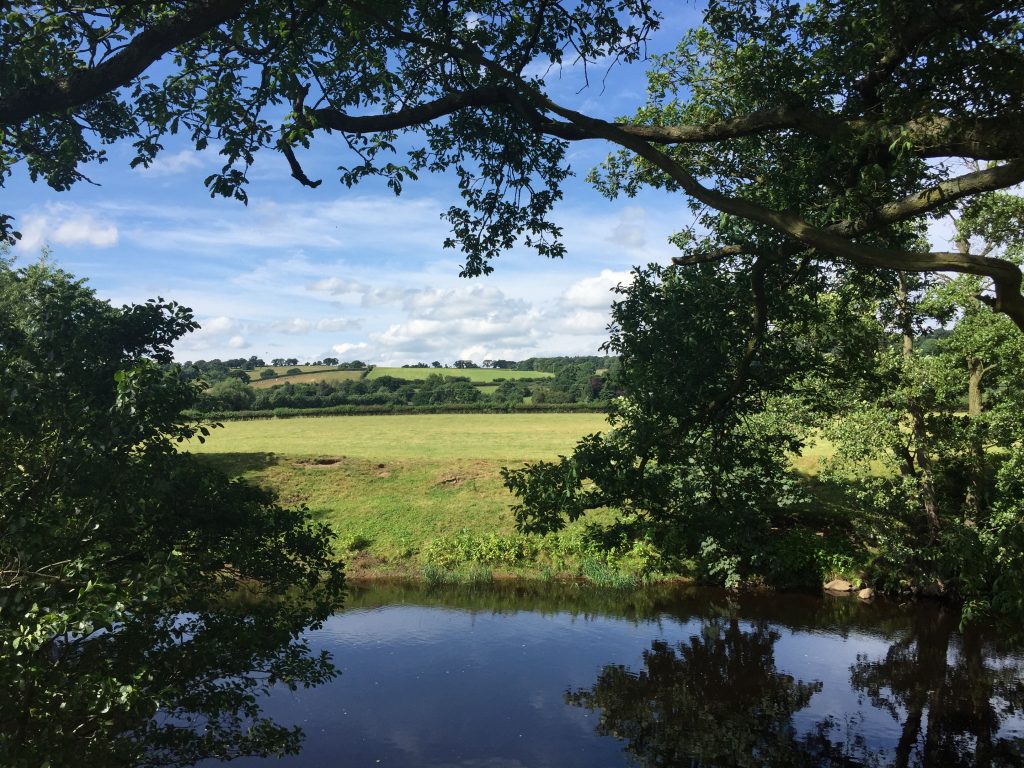
As part of the growing number of theatre productions and music performances being broadcast online during the country’s lockdown I was looking forward to seeing National Theatre Live’s production of Jane Eyre. Now Haworth, where Charlotte wrote the book is only a hop, skip and a big jump from my home in Hebden Bridge. In fact I’ve actually hiked across the wild moors from the parsonage at Haworth where the Brontee family lived back to my home in Hebden Bridge. So it wasn’t surprising that seeing the show got me thinking about my personal connections with Charlotte and Jane Eyre.
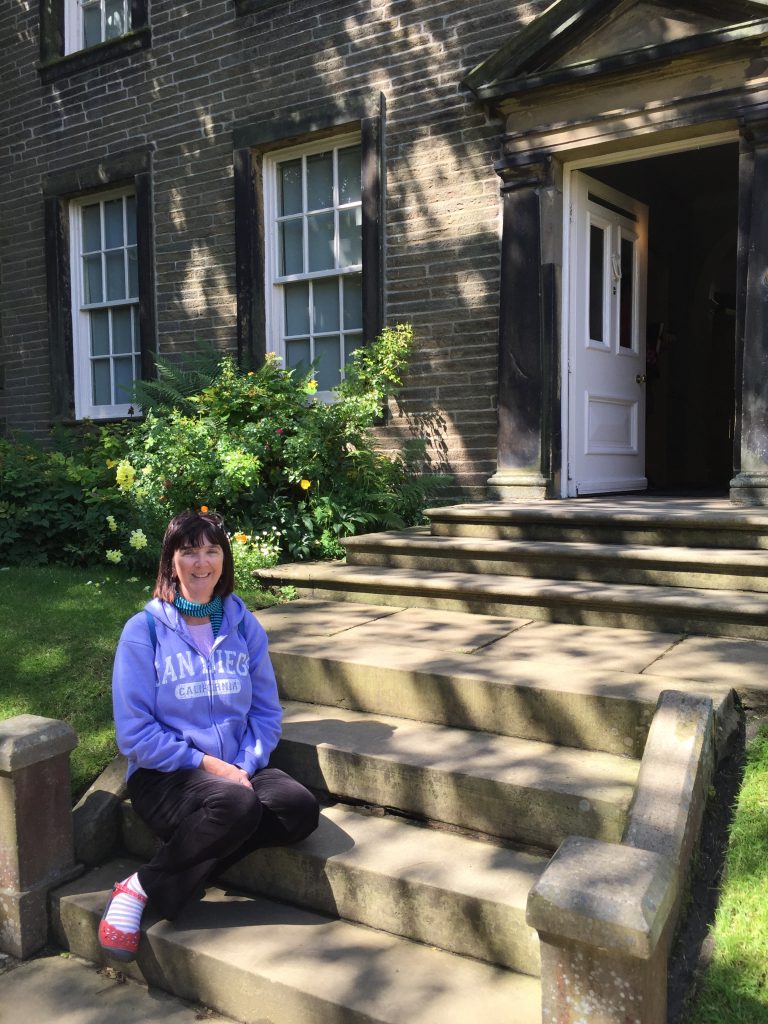
I first managed to find an account in which I came face to face with Mr Brocklehurst! This is from my dairy of 2012. I’d being working on my own research project to discover the first piano that came to California and this had led me to the home of Mr Scott, after whom Scott’s valley is named.
I made an appointment to see the Scott House in Scott’s Valley, just outside Santa Cruz, California. I called by phone one Saturday evening, around 10 p.m. expecting to get an answering machine. Instead my call was answered directly by Virginia Hooper who told me I could have a private viewing the following morning at 10.30.
I’d never been to that part of the town, even though I’d had students along Civic Drive. The old building looked inviting and Virginia had left the door open for me. It turns out that Mr Scott had spent very little time in the house. it’s furnished with an eclectic mix of furniture and photographs donated by people in the town, including Virginia herself. She took me upstairs (not on the official tour) where there were remnants of Santa’s Village.
I noticed a book ‘Scotts Valley: As it was and as it would become’ by Donald E. Seapy which looked like a useful resource. There was a photo of a waterwheel on Laurel Hill at the Babbling Brook B & B and Virginia told me that this has been mentioned as the original wheel from Joseph Majors mill on Escalona. However, when I called the B & B later they told me that the wheel dates from the 1920’s when the establishment was a tannery.
However, the most unexpected outcome of the day was the fact that Virginia’s husband is a direct descendent of William Carus Wilson, proprietor and headmaster at the school the Brontees attended and who became the prototype for Mr Brocklehurst in Jane Eyre. Virginia and her husband have visited that area, staying in Casterton Hall. She invited me to visit her at home sometime and see her Brontee memorabilia which I did. My calendar records the date of my visit, Nov 16, 2012 but I have no photos of that visit.
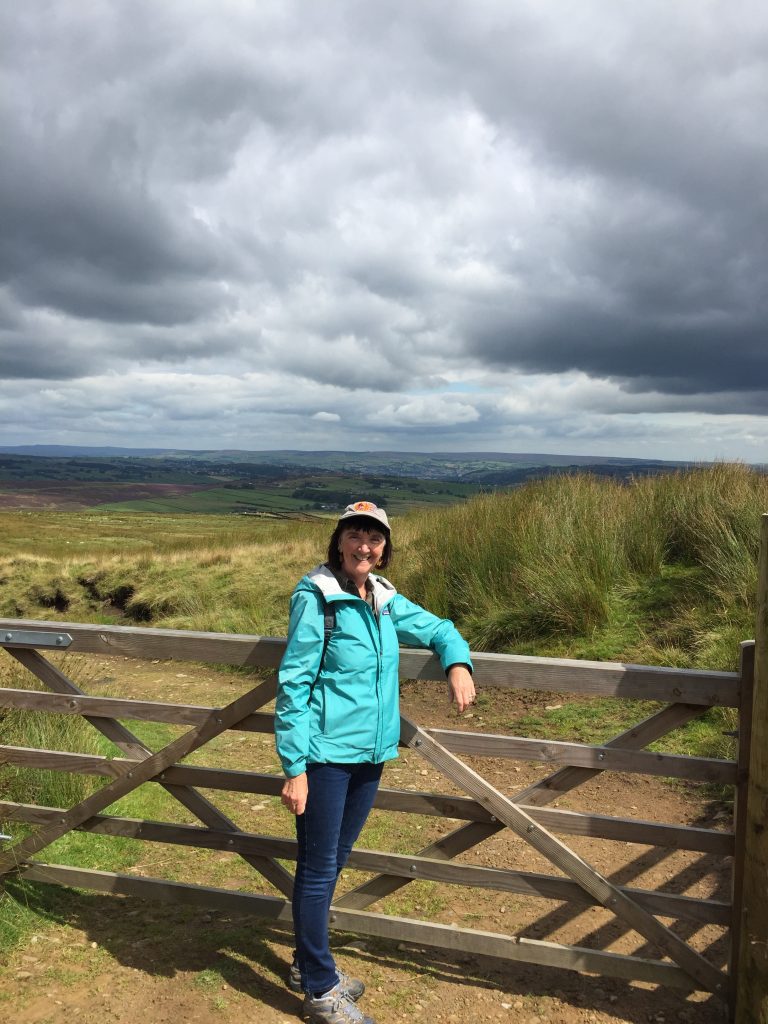
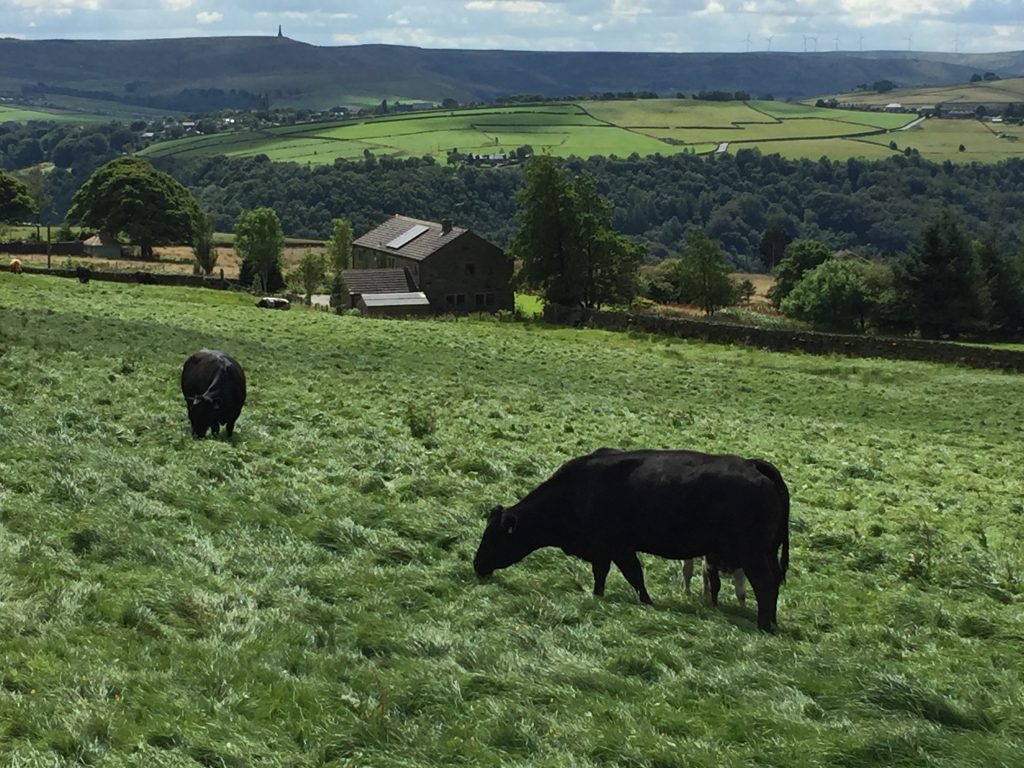
My second connection was on a trip to Birstwith near Harrogate in 2016 when I was visiting England for the summer. Here’s my journal entry:
In The Footsteps of Charlotte Brontë July 20, 2016

Swarcliffe 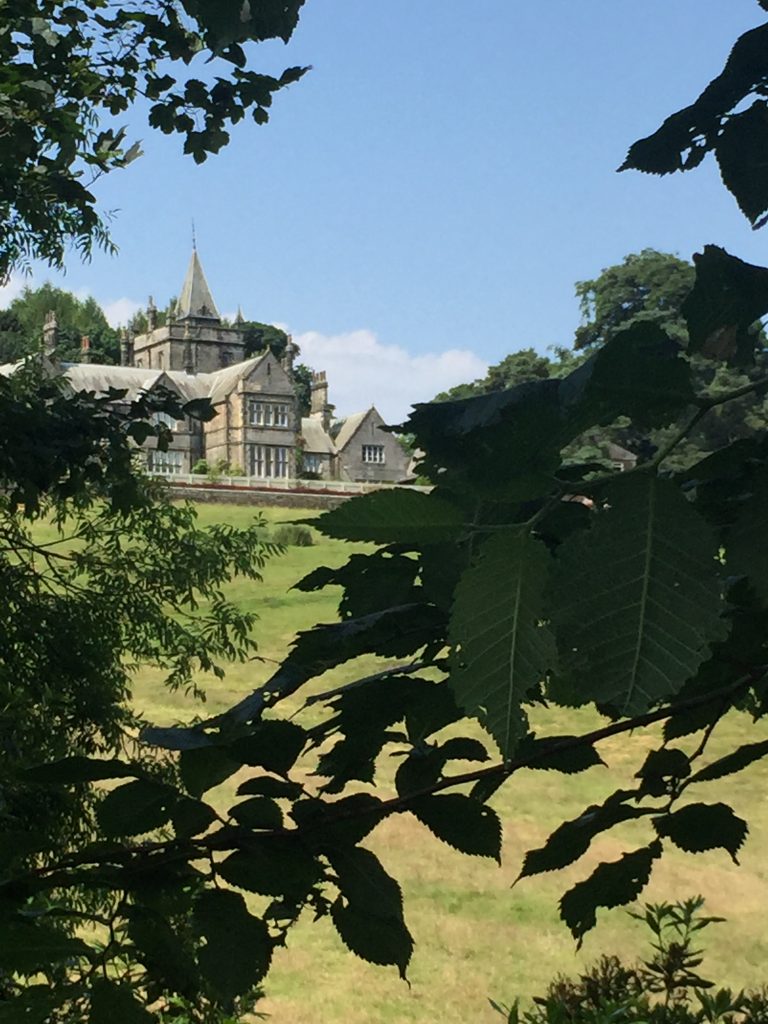
Last year when I stayed with a friend in the tiny estate village of Birstwith I had commented on the large mansion on the hill above the village. Originally the entire village belonged to the Greenwood family and all the buildings were constructed for the people who worked at Greenwood’s cotton mill. Their family home, Swarcliffe, had turrets and towers and looked very imposing. She told me that it once belonged to the mill owner but was now a private school. It was only when I got back home and read about it that I discovered that Charlotte Brontë had resided in this house for the summer of 1839 when the Sedgwick family for whom she was a governess to their two small children moved here for the summer. The home belonged to Mrs Sedgwick’s parents. So on my visit this year I wanted to see if I could get a closer look at the building. As luck would have it my friend knows someone who works there and so we arranged to meet. She provided me with a copy of a letter that Charlotte wrote to her friend Ellen Nussey, describing how dreadfully unhappy she was at Swarcliffe. Charlotte just wasn’t a ‘people person’ and what with the entertaining of guests and the care of the youngsters (she was not fond of children either) she felt very lonely. “As it is I can only ask you to imagine the miseries of a reserved wretch like me thrown at once into the midst of a large family – proud as peacocks and wealthy as Jews – at a time when they were particularly gay, when the house was full of company – all strange people whose faces I had never seen before – in this state of things having the charge given me of a set of pampered, spoiled and turbulent children, whom I expected constantly to amuse as well as instruct.”
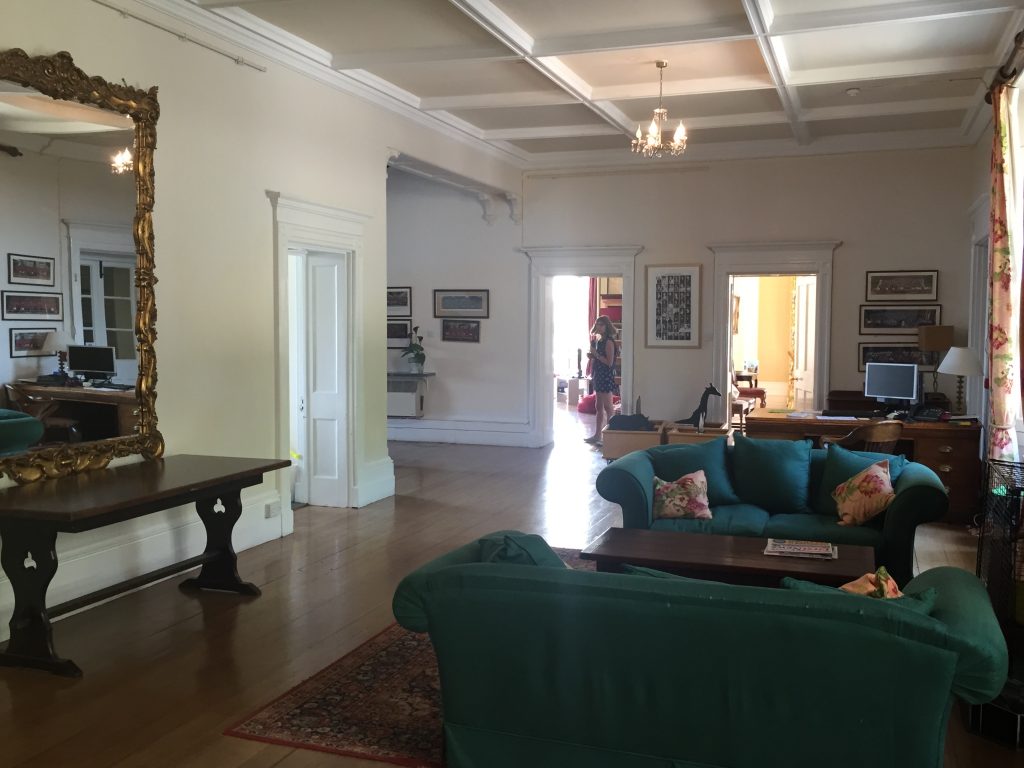
Inside the school today 
It was a steep climb up to the school, passing the church. Once a boys’ boarding school it is now an expensive day school for children from nursery school age to eleven years old. Fees are £10,000 per year. Little of the original building that Charlotte would have known remains. In fact, probably only the stable block (which is now a classroom) remains, which may account for Swarcliffe having no’ blue plaque,’ but for me to simply take in the views that she would have looked out on was simply magical. Again it was a very warm day – 80F – and the scenery and extensive grounds looked idyllic, but in poor weather (i.e most of the time!) chaperoning the students from one building to another between classes is an arduous duty for the staff. I glimpsed a noticeboard with the names and successes of about twenty students who had recently taken their ABRSM music exams. I think I could teach here! I suspect that most of the students go on to ritzy boarding schools and there were some fliers on hand for places like Sedbergh and Uppingham, though some transfer to local schools too.
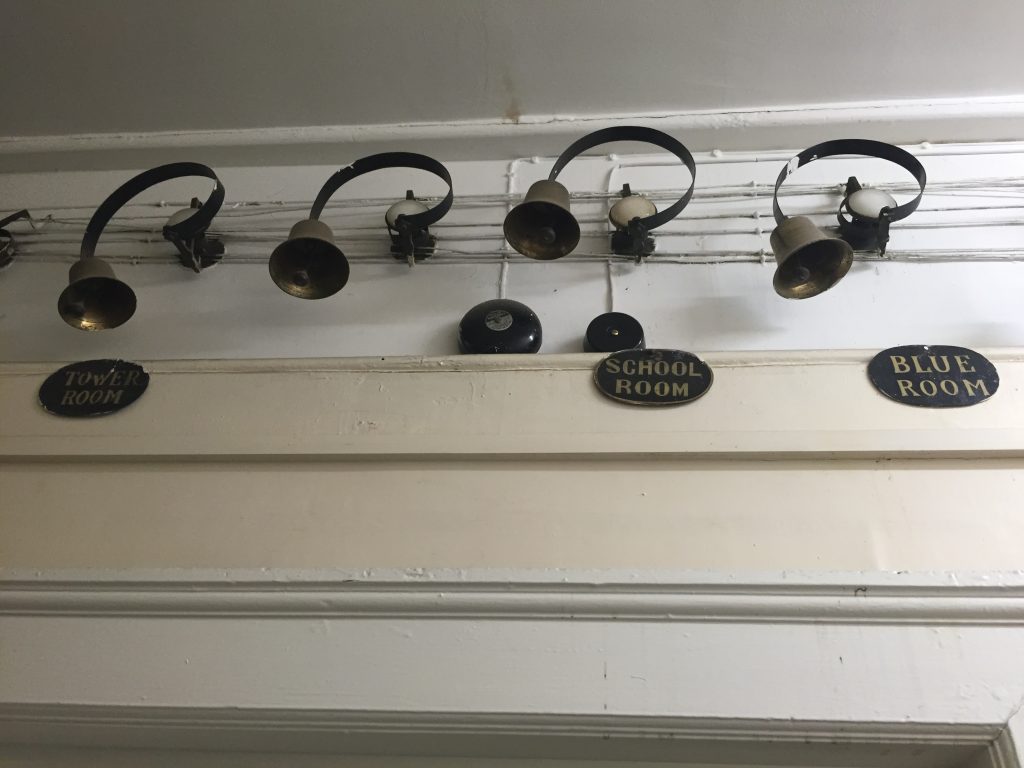
The interior retains its stately home appearance, though the children won’t see how unusual a school it is until they leave. The ornate ceiling and large mirror in particular caught my eye, as well as the amazing views, sometimes as far as Middlesbrough, 70 miles away, on a very clear day. The maid’s bells were mounted in a corridor. One was labeled the ‘school room,’ a place which Charlotte must have been rather too familiar.
In the afternoon we took a stroll along the river Nidd passing Mr Greenwood’s old mill, now a fertilizer factory, which make a very intrusive noise, and then we drove about five minutes to Cold Cotes, the Bed and Breakfast. The extensive gardens were open to the public as part of a fund-raiser for the Royal Gardens. I met the owners, who moved there quite recently. The property was listed for £1million. There are eight rooms for BnB, beautifully landscaped gardens and lovely spacious views in all directions. What a difference from Hebden Bridge where the population is all squished together on the steep hillsides. Here we were greeted a lady from the Royal Gardens with a plum in her mouth. Visitors were showing up in their BMWs and Mercedes convertibles. I sipped a glass of wine and took in the scene.
For our evening’s entertainment we watched Brassed Off, one of my family’s favourite movies, and I was surprised to see places that I now recognize – the Piece Hall in Halifax, and I’m sure I caught a glimpse of Stoodley pike in the distance. 7 miles today.
Little did I suspect then I’d within 2 years I’d be living in Hebden Bridge, within walking distance of both Stoodley Pike and Haworth.
15th October 2021 at 2:55 pm
The Greenwood factory is a flour mill and makes bread crumbs used in food manufacture. There was also a cotton mill until 1864 when it closed due to the American civil war.